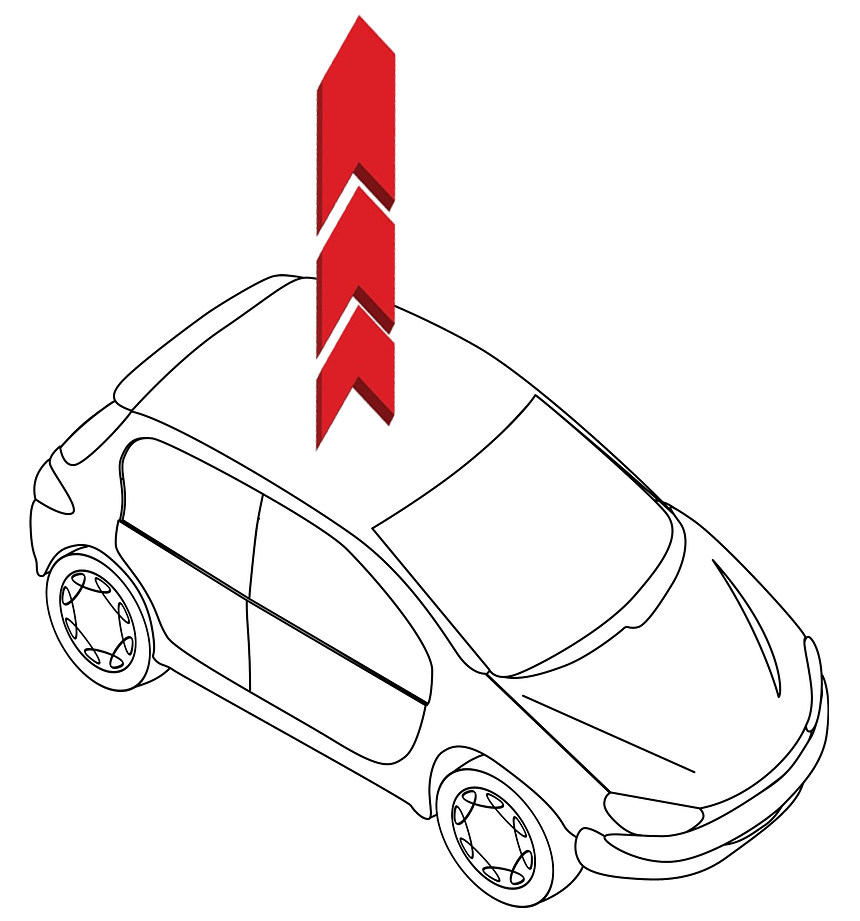Vertical
⫸ Free YouTube Subscription
Driving over hills, dips, and uneven road surfaces creates more than just a bumpy ride. These vertical forces can have a major impact on how your vehicle handles, from braking and acceleration to maintaining traction and control. Vertical motion changes the amount of grip your tires have on the road, affecting your ability to respond safely in a variety of conditions.
What happens to your car’s braking ability when it crests a hill? How does vertical load transfer affect tire traction on bumpy roads? What should you do if your car feels weightless or unstable after a rise or dip? How can uneven road surfaces cause a loss of control or increase stopping distance? What role does vehicle speed play in vertical motion and driving safety?
This page explores how vertical forces influence your car’s performance and how these forces can increase the risk of accidents when not understood or managed properly. With clear explanations and practical safety tips, you’ll learn how to anticipate and respond to these dynamics so you can stay in control and reduce danger on all types of terrain.
A slide can be induced into a vehicle because of a force along the vertical axis.
As a result of such a force, there is less downward pressure of the tires onto the road and could reach the point where traction is lost or if the force is great enough, even lift off from the road surface.
Some of the possible causes are listed below:
Hitting a bump in the road at a high enough speed.
Hitting an obstacle in the road at a sufficient speed.
Traveling over a dip in the road at a minimum speed.
Defective suspension that allows a wheel to bounce.
Hydroplaning when hitting a pool of water at a high enough speed.
⧋
🛈 Info:
⧋

